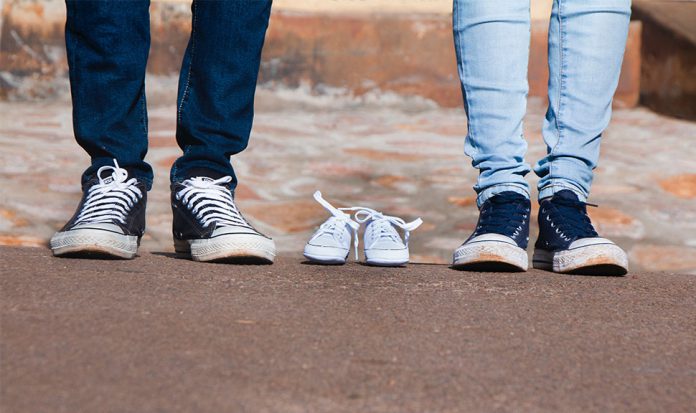By: Katherine Marfal-Teves
“Manas ka.” I’ve lost track of how many times I’ve heard this line from family members, friends, and even from random acquaintances when I was still pregnant. At first, I felt worried looking at my swollen feet and ankles. Did I do something wrong? Is there something wrong with my pregnancy? My mom then calmed me down and told me, “Normal lang iyan sa buntis.”
So, if you’re pregnant and you’ve also noticed that your feet and ankles are somewhat swollen, stay calm. But also be wary and conscious of red flags that could mean that what you’re experiencing is not just the typical pregnancy manas.
What is manas or edema?
Edema, or what Filipinos refer to as manas, refers to the swelling of feet and ankles. It is usually caused by water retention that happens during pregnancy and becomes more visible in the third trimester.
What causes manas?
Manas is mainly due to the growing uterus that applies pressure in the veins and in the pelvic area, which greatly affects the vena cava—the vein that carries blood from the lower limbs to the heart and slows down the blood cycle to the heart.
You may also hear elders saying that hot and humid temperatures may cause manas. So pregnant women are advised to stay hydrated and avoid extreme sun exposure during the summer season.
Is there a way to prevent manas?
You can’t really prevent manas but there are a few tips you can do to keep it from aggravating. You can begin by drinking at least 2 liters of water per day. It won’t just help you control your edema, but it would also regulate amniotic fluid levels.
My mom would always remind me to put my feet up on the wall when I still had manas, and I could say that it really helped in easing out the swelling. When you’re in the office, you can still do this by elevating your feet on a stool to ensure that the blood circulates faster. Sleeping on your left side may also help alleviate the swelling because the vena cava is located on the right side of the body, so it’s advisable to avoid putting pressure on that side.
Walking and swimming are also good activities to prevent swelling, as it facilitates good blood circulation and helps in preparing your hips for labor and delivery. A good cold compress can also ease out the swelling.
At the same time, my OB-Gyne advised me to avoid sitting or standing in one position for long periods of time. She also asked me to wear comfy shoes and avoid wearing high heels so that my manas would not be aggravated.
Do you need to worry?
Most often, edema or manas is not a cause for concern. Doctors say it would eventually disappear after giving birth. But if you’re gaining extra weight, your blood pressure is rising, and your swelling is getting worse every day, you should consult your doctor as well because these can also be symptoms of preeclampsia.
Katherine Marfal-Teves is a staff writer and mom to a smart and loving 4-year-old boy. She believes that raising a son is both an honor and adventure.
Join our MomCenter Community on our Facebook page and Facebook group for more insights on motherhood and parenting.





